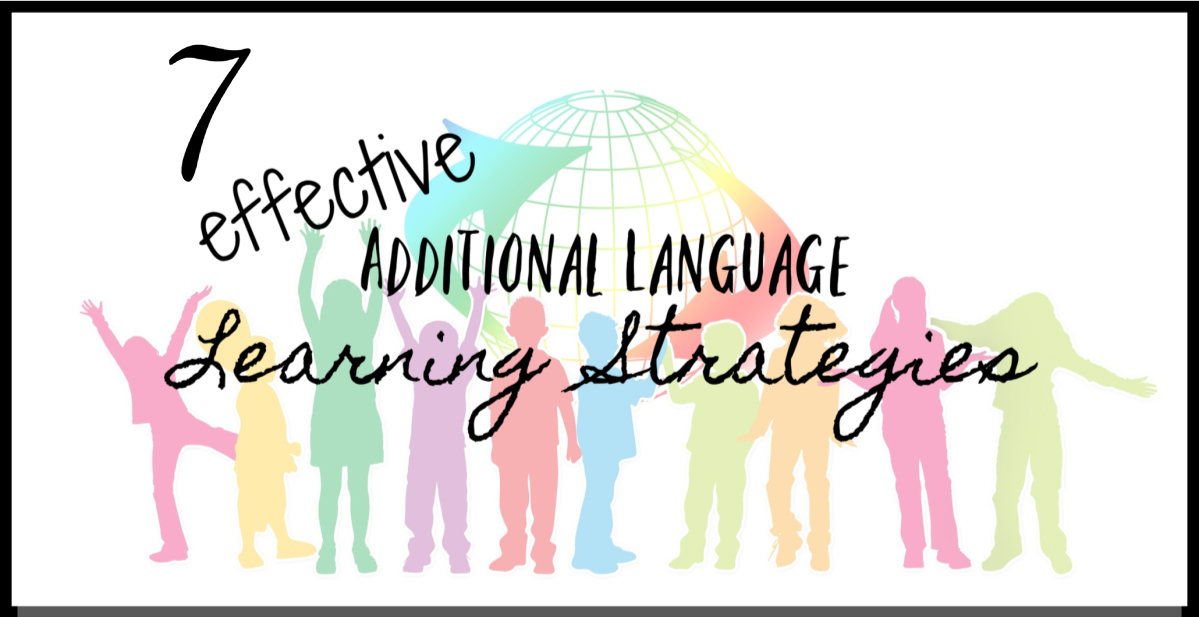Unlocking the Mastery of Language: Effective Strategies for Language Learners
I. Embracing the Right Mindset
- Growth Mindset: The belief that abilities, including language proficiency, can be developed through dedication and hard work.
- Patience and Persistence: Language learning is a marathon, not a sprint. Highlight the importance of setting realistic expectations.
II. Establishing Clear Goals and Objectives
- Setting Specific Goals: Using the SMART (Specific, Measurable, Achievable, Relevant, Time-bound) framework to define language learning objectives.
- Short-term vs. Long-term Goals: The importance of having milestones and a vision for what success looks like.
III. Immersive Learning Environments
- Language Immersion at Home: Practical tips for creating an immersive language environment without traveling, such as switching device languages, listening to music, and watching films in the target language.
- Social Interaction: Engaging in conversations with native speakers through language exchange meetups, online platforms, and social media.
IV. Integrating Technology and Resources
- Language Learning Apps and Websites: Overview of popular resources like Duolingo, Babbel, Rosetta Stone, and how they complement traditional learning.
- Online Communities and Forums: Leveraging platforms like Reddit, Discord, and language-specific forums for practice and support.
V. Practice and Application
- Consistent Practice: The importance of daily practice, even if it’s just a few minutes a day, and integrating language use into daily routines.
- Real-life Application: Encouraging learners to apply their language skills in real-world situations, such as ordering food, asking for directions, or shopping.
VI. Feedback and Reflection
- Seeking Feedback: How to actively seek and positively receive corrections and feedback from tutors, language partners, or language learning apps.
- Self-reflection: Regularly reflecting on progress, challenges faced, and adjusting learning strategies accordingly.
VII. Cultural Engagement
- Cultural Learning: Understanding the culture associated with the language to enhance learning and appreciation.
- Cultural Experiences: Participating in cultural events, trying new cuisines, and celebrating traditions to deepen language comprehension and cultural empathy.
Conclusion
As we navigate through the multifaceted journey of language learning, it becomes clear that success in this endeavor transcends mere memorization of vocabulary and grammar rules. The heart of language acquisition lies in the strategic approach we adopt, marrying diligent practice with a deep understanding of our personal learning styles and objectives. The strategies discussed—from embracing a growth mindset to immersing ourselves in cultural experiences—serve as a beacon, guiding us through the complexities of language learning with purpose and joy.
Adopting a growth mindset and setting clear, achievable goals provide the foundation upon which our language learning journey is built, ensuring we remain focused and motivated even when faced with challenges. Immersive learning environments and the integration of technology into our daily routines allow us to seamlessly weave language learning into the fabric of our lives, making it not just an educational task but a living, breathing part of our everyday experiences.
The essence of mastering a new language, however, lies not just in the strategies we employ but in our perseverance, our willingness to make mistakes, and our eagerness to learn from them. It is through consistent practice, real-life application, and engagement with native speakers and cultures that we truly unlock the potential of our linguistic abilities. Feedback and reflection serve as our compass, helping us to navigate our progress and refine our approaches as we evolve as language learners.
As we conclude this exploration of effective language learning strategies, let us remember that the journey to language proficiency is as rewarding as the destination itself. The skills we acquire, the people we meet, and the cultures we immerse ourselves in enrich our lives in immeasurable ways, opening our minds and hearts to the vast tapestry of human experience.
In embarking on this journey, we are not just learning to speak another language; we are embracing a world of opportunities, understanding, and connection. Let the strategies outlined here light your path, but also allow yourself the freedom to explore, experiment, and discover what works best for you. The journey of language learning is deeply personal, infinitely varied, and profoundly transformative. Embrace it with enthusiasm, patience, and an open mind, and let the magic of language open doors to new horizons, friendships, and perspectives.
In the end, the mastery of a new language lies within reach for those who approach it with determination, adaptability, and a spirit of exploration. By employing these strategies, learners can not only achieve linguistic proficiency but also foster a deeper appreciation for the power of communication and the beauty of cultural diversity. The journey may be long and fraught with challenges, but the rewards of connecting with others in their native tongue and understanding the world through a different lens are immeasurable. As we continue to learn and grow, let us carry with us the knowledge that every word learned, every mistake made, and every conversation held is a step closer to becoming not just proficient speakers but global citizens, united by the universal language of understanding and empathy.

